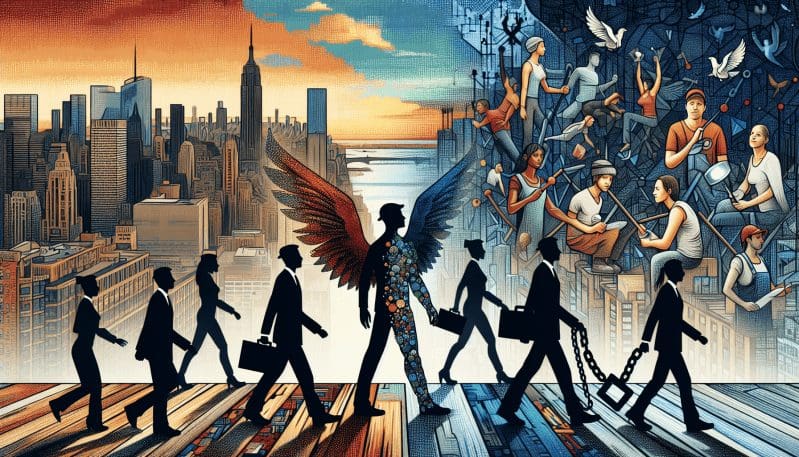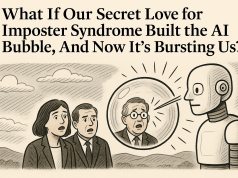In the heart of one of the world’s most dynamic cities, New York’s workforce is experiencing a quiet revolution, one gig at a time. The gig economy has seeped into the city’s vibrant streets, offering a new model of work that promises freedom yet, for some, delivers precarity. This dual-edged sword is redefining the essence of work and worker rights in the very city that never sleeps.
The gig economy, also known as the freelance or shared economy, allows individuals to offer their skills or services on a temporary, flexible basis, typically through digital platforms. It’s a sector that has grown rapidly within New York. From Uber drivers navigating the intricate maze of Manhattan’s traffic to graphic designers working remotely from cozy Brooklyn coffee shops, gig work is becoming increasingly commonplace.
Proponents of the gig economy argue that it provides unparalleled flexibility and independence. Workers can choose when, where, and how much they work. This autonomy can be empowering, particularly for those who value a work-life balance or have other commitments, such as child care or education.
But this freedom comes at a cost. The flip side of flexibility is often instability. Many gig workers in New York find themselves grappling with the absence of traditional job security, predictable income, and employee benefits like health insurance, paid leave, and retirement plans. The burden of taxes, often a surprise for new gig workers, can also be daunting without the cushion of corporate accounting departments.
Real-life stories of New Yorkers in the gig economy paint a picture of this duality:
– Michael, an IT consultant, loves the ability to work with multiple clients and the control he has over his time. Yet, he admits that the pressure of constant self-promotion and the hunt for the next gig can be exhausting.
– Sofia, a part-time ride-sharing driver, appreciates the extra income while she studies for her master’s degree, but she’s acutely aware that her lack of job security and benefits leaves her vulnerable.
– Rachel, a freelance writer, thrives on the creativity and varied projects that her work brings, but the instability of her income has made it nearly impossible for her to plan for her financial future.
As the gig economy balloons, it raises critical questions about the future of workers’ rights. What measures can be implemented to protect gig workers while still fostering the innovation that this economy brings?
Proposed solutions vary widely, from the establishment of benefits exchanges, where gig workers can access affordable health insurance and retirement plans, to the development of portable benefit systems that follow workers from gig to gig. There’s also a push for policy reform that would recognize the unique needs of gig workers, ensuring they have a safety net similar to traditional employees.
New York is at the forefront of the gig economy, and its response could set a precedent for the rest of the world. The challenge is finding a balance — one that supports the agility and opportunity of gig work while ensuring the basic protections and securities that have been the backbone of the traditional workforce. Only then can we truly determine if the gig economy is a source of empowerment or exploitation for New York’s workers.

























